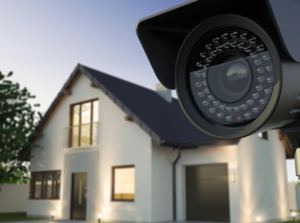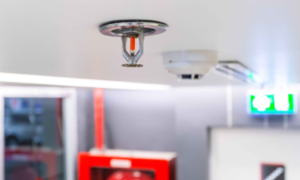In today’s world, where security breaches are increasingly common, the need for robust security measures has never been more pressing. Among the various technologies at the forefront of safeguarding sensitive environments, biometric access control systems stand out for their reliability and sophistication. This post will delve into the nuances of fingerprint and facial recognition technologies, providing a comprehensive guide for choosing the appropriate biometric access control system for different scenarios.
Understanding Biometric Access Control
At its core, biometric access control is a security protocol that relies on unique physical or behavioral characteristics to verify individuals. Unlike traditional methods that depend on keys or passwords, a biometric access control system utilizes distinctive attributes such as fingerprints, facial patterns, iris configurations, and voice recognition to grant or deny access. This method offers unparalleled security, eliminating the risk of stolen codes or unauthorized entry through duplicative means.
Fingerprint Recognition: The Classic Approach
Fingerprint recognition is one of the most widely adopted forms of biometric access control. Its popularity stems from its ease of use, relatively low cost, and high accuracy. By analyzing unique ridge patterns on a person’s fingertips, it can swiftly authenticate identity with minimal error rates. Institutions ranging from governmental agencies to private corporations rely on fingerprint-based biometric access control systems for their proven track record and simplicity.
However, fingerprint recognition is not without its limitations. Physical labor, aging, or skin conditions can alter fingertip ridges, potentially leading to identification issues. Furthermore, in the era of COVID-19, concerns about hygiene and contact-based systems have prompted a reevaluation of contactless alternatives.
Facial Recognition: The Contactless Future
Facial recognition technology represents the cutting edge in biometric access control. By analyzing facial features and structures, it offers a contactless verification process that addresses hygiene concerns associated with fingerprint scanners. Advances in artificial intelligence have significantly enhanced its accuracy and speed, making it a formidable option for high-security areas.
Yet, facial recognition technology faces its challenges, including privacy concerns and the need for substantial computational resources. Changing physical appearances, such as facial hair or glasses, can also affect its reliability. Despite these challenges, the dynamic adaptability and continuous improvement of facial recognition systems are steadily overcoming these hurdles, heralding a new era in biometric access control.
Making the Right Choice
Choosing between fingerprint and facial recognition technologies for a biometric access control system boils down to specific needs and contexts. Fingerprint recognition may be more suitable for environments where cost-effectiveness and proven reliability are prioritized. In contrast, facial recognition systems offer a cutting-edge, contactless solution ideal for areas where hygiene and advanced security are paramount.
Conclusion
As the landscape of security threats evolves, so too must the technologies we rely on to safeguard our most valuable assets. Whether opting for the tried-and-true reliability of fingerprint recognition or venturing into the future with facial recognition, the key is to carefully assess one’s unique security requirements. With the right biometric access control system, rest assured that the integrity of your space is in good hands.

 Home
Home







